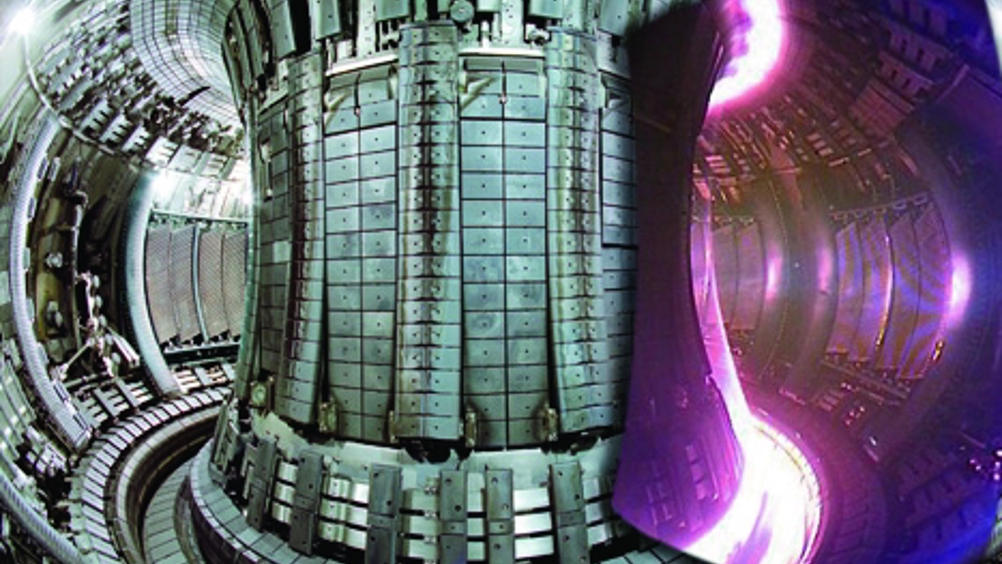Probe eyes interactions in nuclear fusion reactors
A new probe tool could help in understanding the interactions between plasma and vessel walls in nuclear fusion reactors as they happen in real time.

It is hoped the probe could help inform the design of new materials for reactor vessels — one of the major stumbling blocks for producing viable fusion energy.
‘Currently we don’t have the materials needed to sustain these large plasma and thermal fluxes,’ said Jean Paul Allain, a nuclear engineer at Purdue University who supervised the design of the probe. ‘Some completely break down and melt. We need to understand how to operate and control the wall itself and the plasma together as they interact.’
In a tokamak nuclear fusion reactor, a doughnut-shaped ring of plasma is held in place by powerful magnets within a reactor vessel.
Scientists have historically used ‘wall conditioning’, on the inside of the vessel by applying thin films of materials to induce changes to plasma behaviour.
The effects of plasma on surface materials are then investigated by removing test specimens from the lining after a year of running the reactor. This approach shows only the cumulative results of hundreds of experiments, whereas scientists would prefer seeing the fine details associated with individual experiments.
Register now to continue reading
Thanks for visiting The Engineer. You’ve now reached your monthly limit of news stories. Register for free to unlock unlimited access to all of our news coverage, as well as premium content including opinion, in-depth features and special reports.
Benefits of registering
-
In-depth insights and coverage of key emerging trends
-
Unrestricted access to special reports throughout the year
-
Daily technology news delivered straight to your inbox










National Gas receives funding to develop Gravitricity underground hydrogen storage system
One single rock salt mine - Winsford - has 23 <i>MILLION </i>cubic metres of void and even allowing for 10% of that void set aside for hazardous waste...